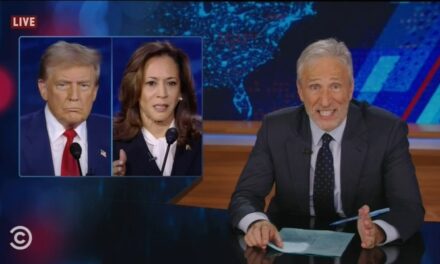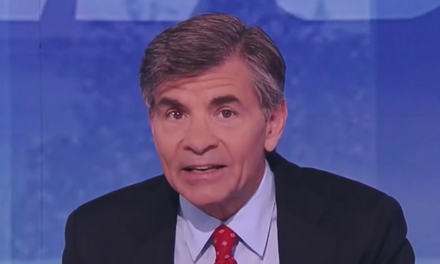We support our Publishers and Content Creators. You can view this story on their website by CLICKING HERE.
Before the official confirmation of the death of terrorist Hezbollah leader Hassan Nasrallah, killed by Israeli Defense Forces in an underground bunker in suburban Beirut, Associated Press reporter Bassem Mroue filed “Charismatic and shrewd: A look at longtime Hezbollah leader Hassan Nasrallah.”
That headline, recycled by many newspaper outlets who ran the AP story, holds more than a hint of the ridiculous Washington Post headline marking the 2019 assassination of another terrorist leader, the founder of ISIS: “Abu Bakr Al-Baghdadi, austere religious scholar at helm of Islamic State, dies at 48.”
(Mainstream American conservative figures earn far more hostile headlines over their own obituaries in the mainstream press. Radio host Rush Limbaugh’s death in 2021 was marked with this New York Times headline: “Agitator Who Made Talk Radio A Right-Wing Attack Machine.”)
And that was no rogue copy editor; the headline writer plucked those adjectives right from Mroue’s story from Beirut:
Hezbollah leader Hassan Nasrallah has led the Lebanese militant group for the past three decades and transformed it into one of the most powerful paramilitary groups in the Middle East.
Israeli airstrikes on Friday afternoon knocked out six buildings in Beirut’s southern suburb of Harek Hreik, the largest strike in the Lebanese capital in nearly a year of fighting between Israel and Hezbollah.
The Israeli military said the strike, which killed and wounded dozens of people, hit the headquarters of Hezbollah in Beirut. Three major Israeli TV channels said Nasrallah was the target of the strikes in Beirut’s southern suburbs, which has not been officially confirmed by Israel. Hezbollah officials did not comment.
Here’s a look at the fiery, charismatic leader:
Who is Hassan Nasrallah?
Under the leadership of the 64-year-old Nasrallah, Hezbollah has fought wars against Israel and taken part in the conflict in neighboring Syria, helping tip the balance of power in favor of President Bashar Assad.
A charismatic and shrewd strategist, Nasrallah reshaped Hezbollah into an archenemy of Israel, cementing alliances with Shiite religious leaders in Iran and Palestinian militant groups such as Hamas.
Idolized by his Lebanese Shiite followers and respected by millions of others across the Arab and Islamic world, Nasrallah holds the title of sayyid, an honorific meant to signify the Shiite cleric’s lineage dating back to the Prophet Muhammad, the founder of Islam.
A fiery orator viewed as an extremist in the U.S. and much of the West, he is also considered a pragmatist compared to the firebrand militants who dominated Hezbollah after its founding in 1982, during Lebanon’s civil war.
Mroue, constrained by political correctness and perhaps the AP stylebook, couldn’t even directly label Hezbollah a terrorist group.
Five years later, the United States designated Hezbollah a terrorist organization.
Mroue noted Nasrallah’s rise “to iconic status both within Lebanon and throughout the Arab world” and described Hamas’s attack on Israeli civilians with offensive terseness that left out Hamas’s rape-and-murder rampage among Israeli civilians.
A day after the Israel-Hamas war started on Oct. 7, Hezbollah began attacking Israeli military posts along the border calling it a “backup front” for Gaza.
Mroue isn’t new to this whitewash routine: in his August 7 article, “Hamas names Yahya Sinwar, mastermind of the Oct. 7 attacks, as its new leader in show of defiance,” he referred to the slain Hamas leader Ismail Haniyeh as a “relative moderate.” AP calls Republicans the “far right,” while Hamas has “moderates” and Hezbollah leaders are just “fiery” and “charismatic.”

 Conservative
Conservative  Search
Search Trending
Trending Current News
Current News 





